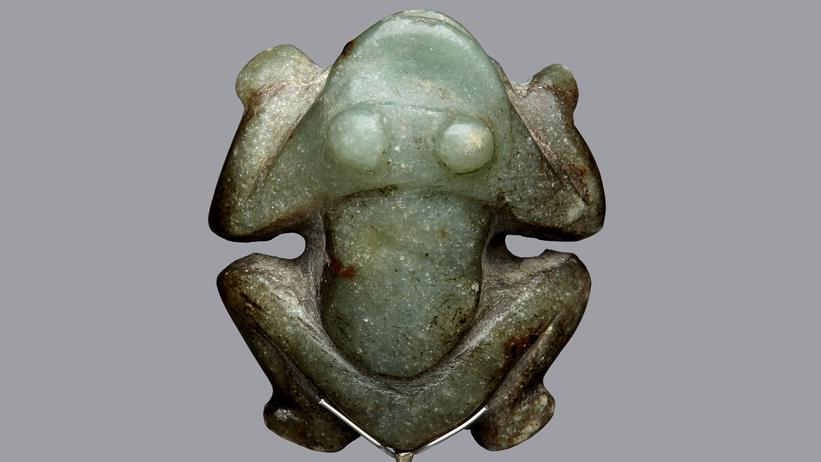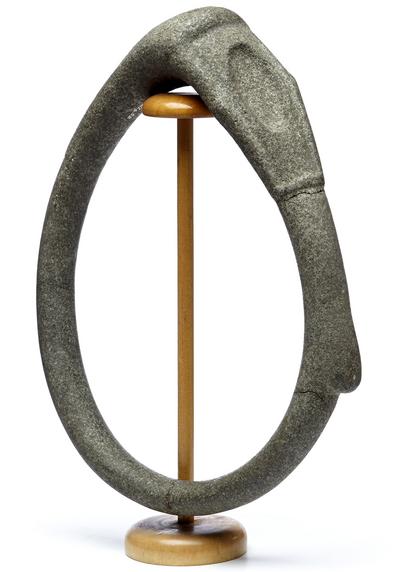The West Indies Before Colombus

In Europe we like to claim that Columbus discovered America. But there were already people living there. America was populated when the Spaniards landed. But European diseases and vicious attacks on the indigenous population resulted in these communities being decimated or totally eradicated in many parts of America. For this reason many Native Americans oppose the celebration of Columbus Day in the U.S.
At the end of the 1400s America was an area with many different, highly developed cultures that had been there for millennia. Many of us have heard of the Sioux and Cheyenne tribes of the American plains, just as we know of the major Maya and Aztec civilisations of Central America, and the Inca Empire that originated in Peru. But the rest of America was also populated, including the Caribbean islands.
The Taino and Carib were the largest groups in the region when Columbus arrived in 1493. Their daily life was one of fishing, handicrafts and farming. In addition, like most indigenous peoples, they believed that human life was inseparable from nature and the cosmos. There are numerous indications that the frog was a religious symbol of fertility.
The Taino farmed the root vegetable cassava, and like many people with a holistic view of the world believed that rituals helped the plant to grow. These rituals included placing small figures (cemis) on the ground close to the plant. This type of figure resembles a stylised cassava shoot. Archaeologists call them ‘three-pointers’ on the basis of their shape, but their precise meaning remains a mystery.

